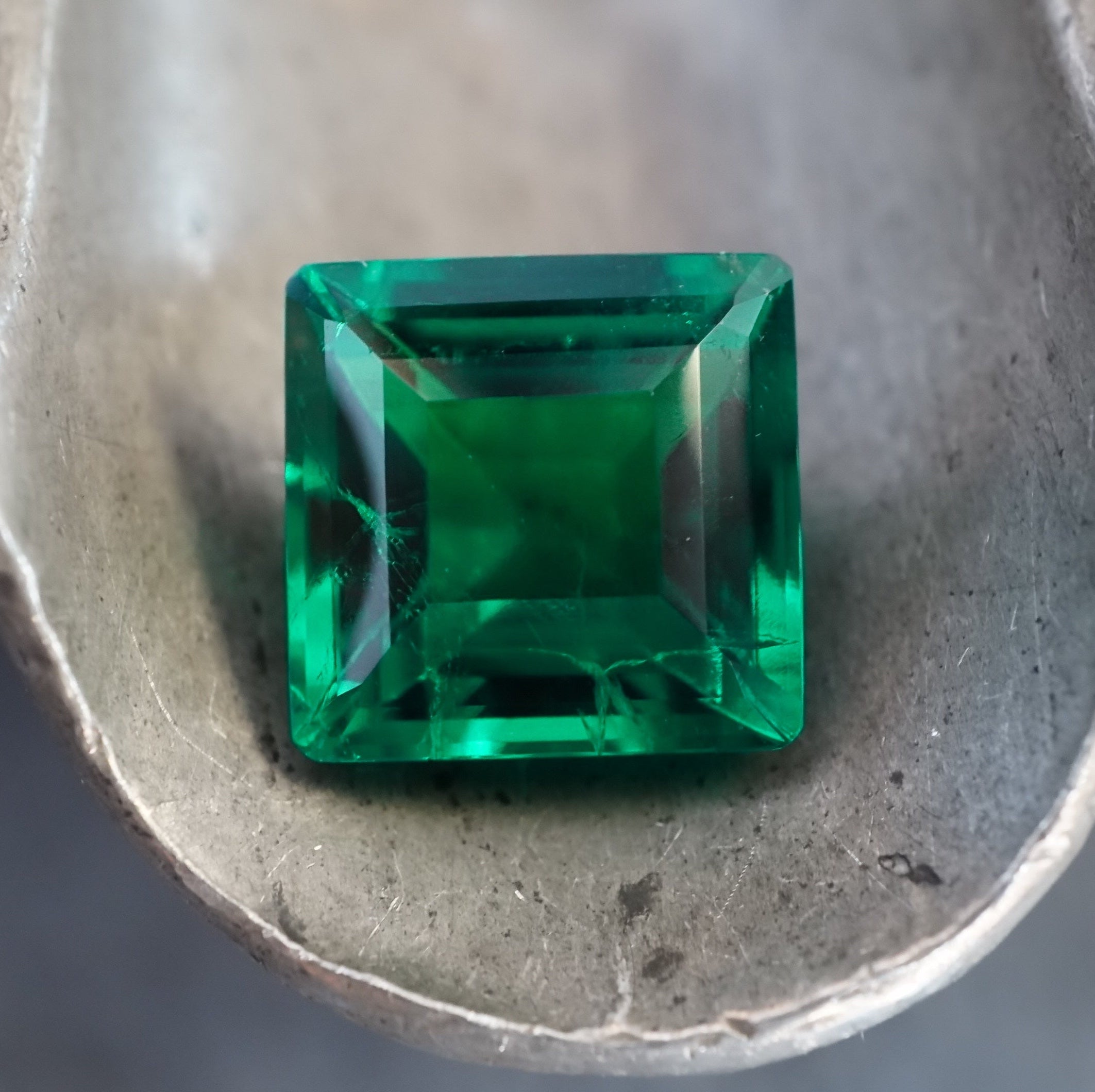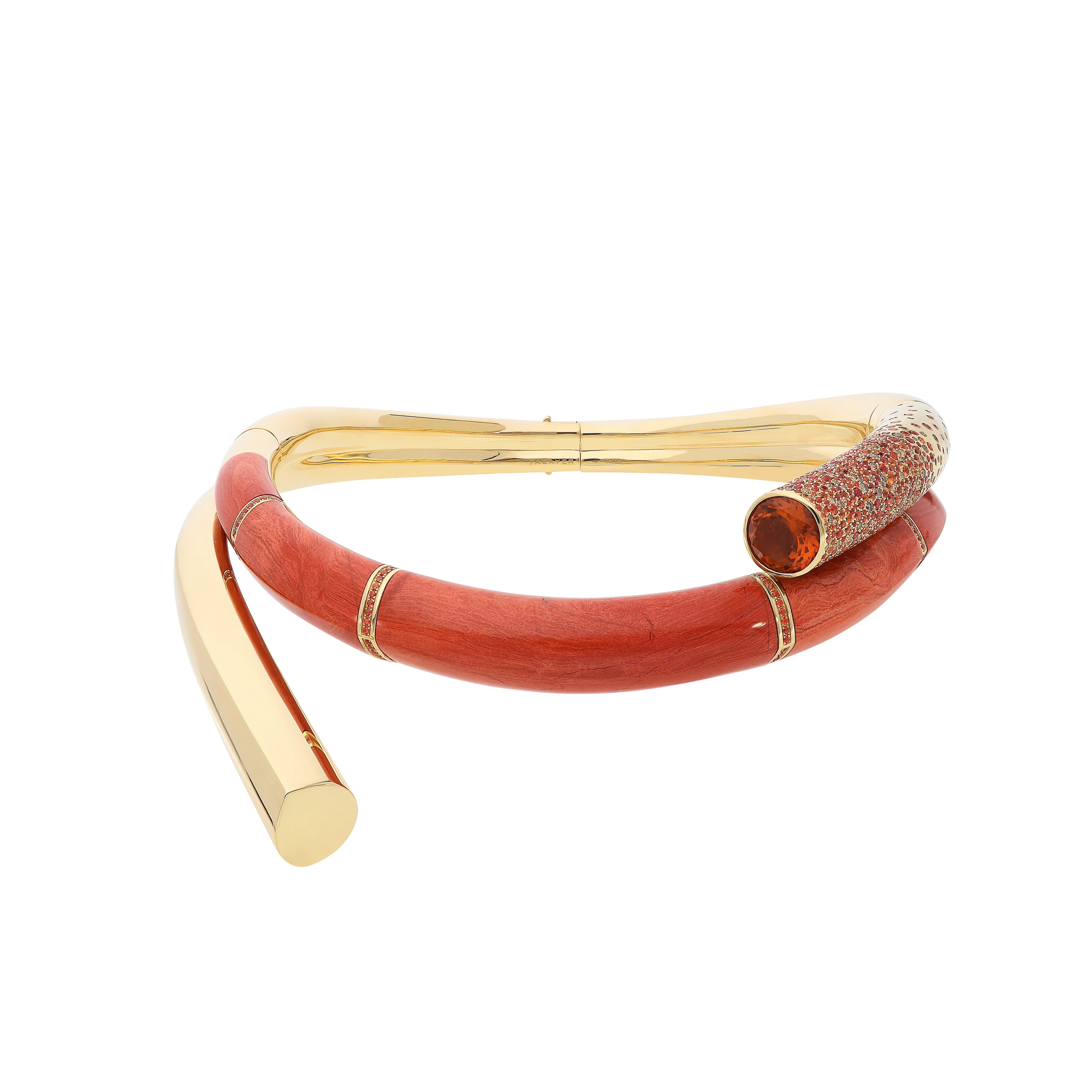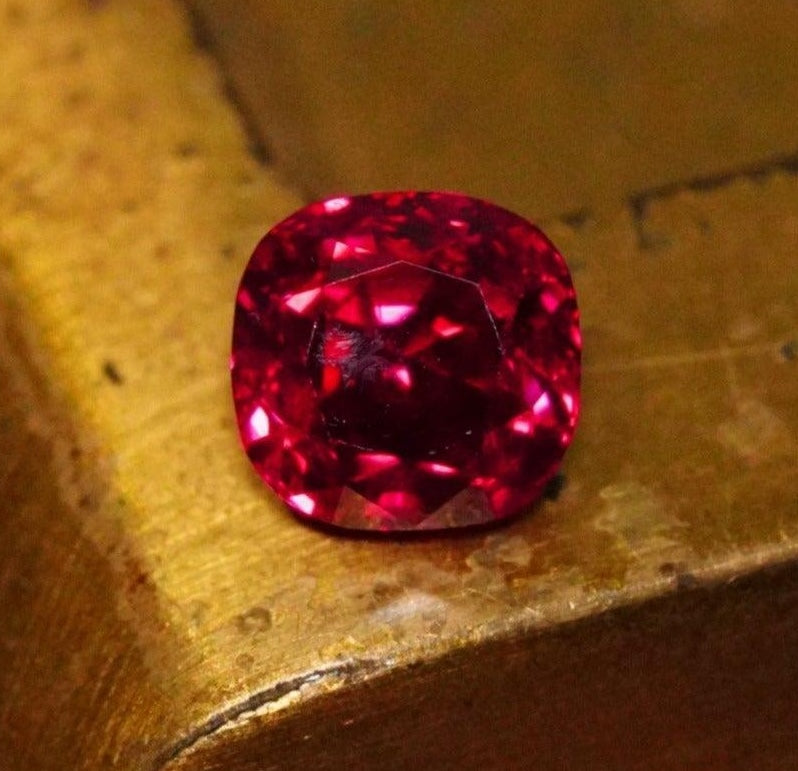
Everything You Need to Know Before Buying a Colombian Emerald
Renowned for their deep, vibrant green hues and remarkable transparency, Colombian emeralds are true treasures of nature’s artistry. Their unmatched color and intriguing clarity set the standard for all other emeralds, while their exceptional beauty and superior quality make them among the most coveted gemstones in the world.
In this comprehensive guide, we’ll explore the key characteristics that define Colombian emeralds and provide essential tips for purchasing these exquisite gems.
Color: The Essence of Colombian Emeralds
Colombian emeralds are celebrated for their enchanting, vibrant green hue, unmatched in its vivid intensity. This unique color results from the rare geological conditions under which they form. Unlike most emeralds, which crystallize in igneous rock, Colombian emeralds are the only ones formed in sedimentary rock. The same tectonic movements that shaped the Andes Mountains force elements essential for emerald formation—beryllium, chromium and vanadium—into liquid and gaseous states. These elements then infiltrate cracks in the sedimentary rock, where they eventually cool and crystallize. A saline solution within the rock washes away impurities such as iron, and this process, combined with the presence of the essential elements, bestows Colombian emeralds with their coveted, pure green color.
While the primary color of an emerald is green, the exact shade can vary due to subtle secondary hues. The most prized emeralds from Colombia exhibit a pure green color with minimal secondary hues.
The tone of an emerald, which refers to the lightness or darkness of color, can range from light to dark green. The most desirable Colombian emeralds typically have a medium to medium-dark tone, providing a rich, deep green color that’s neither too dark nor too light.
Saturation measures the intensity or vividness of an emerald’s color. Colombian emeralds are renowned for their high color saturation, resulting in a lively and intense green that captures the eye.
Additionally, the evenness of color distribution, or the lack of color zoning (irregular distribution of color within the stone), enhances a Colombian emerald’s overall appearance and value.
Colors from Different Mines
Colombian emeralds are renowned not only for their unparalleled color but also for the specific mines from which they’re extracted. Each mine imparts distinct characteristics to the emeralds it produces, contributing to their unique allure.
The Muzo Mine is known for producing emeralds with a darker tone of pure green, often considered the finest and most valuable. Emeralds from the Chivor Mine typically exhibit a slightly bluish-green hue, lighter tone and excellent clarity. Finally, the Coscuez Mine produces emeralds with a warm, slightly yellowish-green hue, known for their unique and vibrant color.
Impact on Value
The color of a Colombian emerald is one of the most critical factors affecting its value. Stones with a pure, vivid green color and high saturation are highly prized and can command premium prices. Emeralds with secondary hues or less desirable tones may be valued lower.
The origin of the emerald, such as those from the Muzo, Chivor or Coscuez mines, also plays a role in its value, with stones from certain mines being more sought after due to their distinctive and esteemed colors.
If you’re considering purchasing a Colombian emerald, prioritize those with exceptional color and inquire about their mine of origin to ensure you’re acquiring a truly valuable gem.
Clarity: The Inner Beauty of Emeralds
Inclusions, often called “jardin” in emeralds (French for garden), are natural features within the stones that can affect their clarity. These inclusions are due to the geological conditions under which the emeralds form. While inclusions can sometimes detract from an emerald’s clarity, they can also add to its singular beauty and create a unique fingerprint that verifies the stone’s authenticity and origin.
Types of Inclusions
Crystals: Crystals are solid mineral inclusions within the emerald that can vary in size, shape and type. These might include other minerals such as calcite, pyrite or quartz, and their presence can provide valuable information about the emerald’s geological history.
Liquid Inclusions: Liquid inclusions are fluid-filled cavities within the emerald that can sometimes contain other phases such as gas bubbles or small solid crystals. These inclusions can form intricate patterns and affect the emerald’s appearance and structural integrity.
Three-Phase Inclusions: These rare inclusions contain solid, liquid and gas. They’re highly valued for their uniqueness and can serve as identifying markers for specific mining regions. Three-phase inclusions are often composed of a salt crystal, a water droplet and a gas bubble, creating a miniature geological environment within the emerald.
Gota De Aceite: Spanish for “drop of oil,” gota de aceite is a remarkable phenomenon that occurs rarely and typically in only the finest emeralds such as Colombian emeralds. According to the Gemological Institute of America, this effect is due to the transparent growth structures within the emeralds that cause them to display a roiled appearance reminiscent of honey or oil, which lends a texture and a softness to the stones.
Impact on Value
The clarity of an emerald, including those originating in Colombia, significantly impacts its value. While inclusions are common and often accepted in emeralds, stones with fewer and less visible inclusions are more valuable. The type, size, location and visibility of inclusions all play a role in determining an emerald’s clarity grade. For example, inclusions that are located near the center of the stone and are visible to the naked eye can detract more from the value than those near the edges or hidden by facets. However, the presence of unique inclusions, such as three-phase inclusions, can also add to the stone’s intrigue and value, especially for collectors and gem enthusiasts.
Buyers should consider both the overall appearance and the clarity of a Colombian emerald when evaluating its worth. Colombian emeralds with a balance of vibrant color and acceptable inclusions can be highly desirable and valuable.
Cut: Shaping the Emerald’s Splendor
The cut of an emerald plays a crucial role in showcasing its natural beauty, enhancing its color, brilliance and overall appeal. A well-executed cut not only highlights the emerald’s vibrant hue but also minimizes the appearance of inclusions and maximizes the stone’s durability. Below are some of the most common cuts for emeralds and their unique characteristics.
Common Cuts
Emerald: The most popular cut for emeralds is the emerald cut, characterized by a rectangular shape with truncated corners and stepped facets, arranged parallel to the girdle. This cut emphasizes the stone’s color, allowing the deep green hue to stand out. The broad, flat planes of the facets create a hall-of-mirrors effect, enhancing the gem’s clarity and brilliance. The emerald cut also minimizes stress on the gem, reducing the likelihood of chipping, which is particularly important given the natural inclusions commonly found in emeralds. This cut also maximizes the weight retention of the raw stone.
Oval: The oval cut resembles the shape of an elongated circle and features brilliant-cut facets, which enhance an emerald’s color and brilliance. The elongated shape can make the stone appear larger than its carat weight. It also retains more color and hides inclusions well. The oval shape also complements a variety of jewelry settings, from solitaire rings to pendants.
Pear: The pear shape combines the rounded end of a round brilliant cut with the pointed end of a marquise cut. The rounded end typically contains more facets to enhance sparkle, while the pointed end focuses the viewer’s attention. The pear shape’s ability to concentrate color at the pointed tip can also create a visually stunning effect, highlighting an emerald’s vibrant hue.
Impact on Value
The cut of an emerald plays a significant role in its overall value. A well-cut Colombian emerald can enhance its color and brilliance, making the stone more attractive and valuable. Poorly cut stones, on the other hand, may appear dull and less vibrant, even if they have good color and clarity. The choice of cut can also impact the stone’s durability and how well it hides or highlights inclusions. Therefore, a high-quality cut that maximizes an emerald’s natural beauty and maintains its structural integrity can greatly increase its market value.
When purchasing a Colombian emerald, prioritize those with an exceptional cut to ensure you’re acquiring a truly worthwhile and stunning gem.
Carat Weight: Size and Significance
Colombian emeralds, like all gemstones, are measured in carats, with one carat equaling 200 milligrams. Colombian emeralds come in a size range from small accent stones to large centerpieces.
Impact on Value
The value of a Colombian emerald increases significantly with carat weight, especially for stones with high color and clarity. Larger Colombian emeralds are rarer and more valuable, but quality factors such as color, clarity and cut are crucial in determining the overall value. A Colombian emerald of larger carat weight with poor color or clarity may be less valuable than a smaller, higher-quality stone. Collectors and buyers often seek an optimal combination of size and quality, making well-proportioned Colombian emeralds with excellent color and clarity highly sought after in the market.
When considering an investment in a Colombian emerald, focus on finding a balance between carat weight and overall quality to ensure you’re obtaining a truly valuable stone.
Purchasing Tips: Making an Informed Decision
When evaluating a Colombian emerald, consider the four Cs: color, clarity, cut and carat weight. Look for a stone with a vibrant, pure green color, minimal visible inclusions, a high-quality cut and a carat weight that suits your preferences and budget.
Questions to Ask
Origin: Where was the emerald mined? The origin of an emerald can significantly impact its value, with Colombian emeralds typically commanding higher prices due to their superior color and clarity.
Treatments: Has the emerald undergone any treatments such as oiling?
Oiling is a time-honored and freely disclosed practice in the gemstone industry that minimizes the visibility of an emerald’s natural imperfections by filling them with a colorless and transparent oil or resin. As a result, the clarity of an emerald is greatly improved, making it look more transparent and improving its overall aesthetic appeal. In addition, filling an emerald’s internal fractures and fissures makes the stone less vulnerable to chipping and breaking, making it more durable and suitable for jewelry use.
Oiling can also improve an emerald’s color by reducing the appearance of color zoning and intensifying it because fewer apparent flaws are blocking the passage of light.
It's important to note that gem-quality emeralds are exceptionally rare; even among these, few are considered flawless. Further, finding a no-oil emerald is also exceptionally rare in the gemstone market, as nearly all emeralds undergo some form of enhancement to improve their clarity and overall appearance. Emeralds with no oil treatment command premium prices due to their exceptional rarity and natural beauty.
Certification: Is the emerald certified by a reputable gemological laboratory such as the American Gemological Laboratories (AGL) or the Gemological Institute of America (GIA)? Certification assures the stone’s authenticity and quality.
Return Policy: What is the seller’s return policy? This is important if the emerald does not meet your expectations upon receipt.
By understanding these key characteristics and knowing what to look for, you can make an informed decision when purchasing a Colombian emerald.
Colombian emeralds are among the most beautiful and sought-after gemstones in the world. Their exceptional color and clarity make them a prized possession for gemstone collectors and jewelry enthusiasts. By understanding their qualities, following these purchasing tips and asking the right questions, you can ensure that you select a high-quality Colombian emerald that will bring joy and admiration for years to come.


